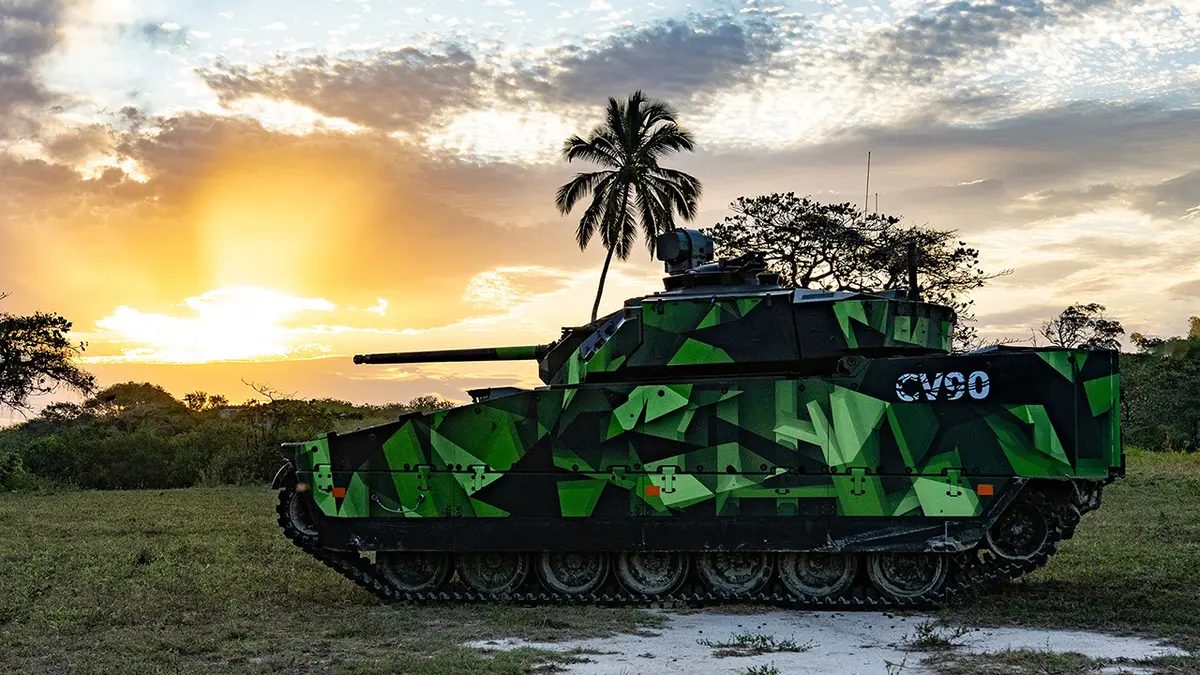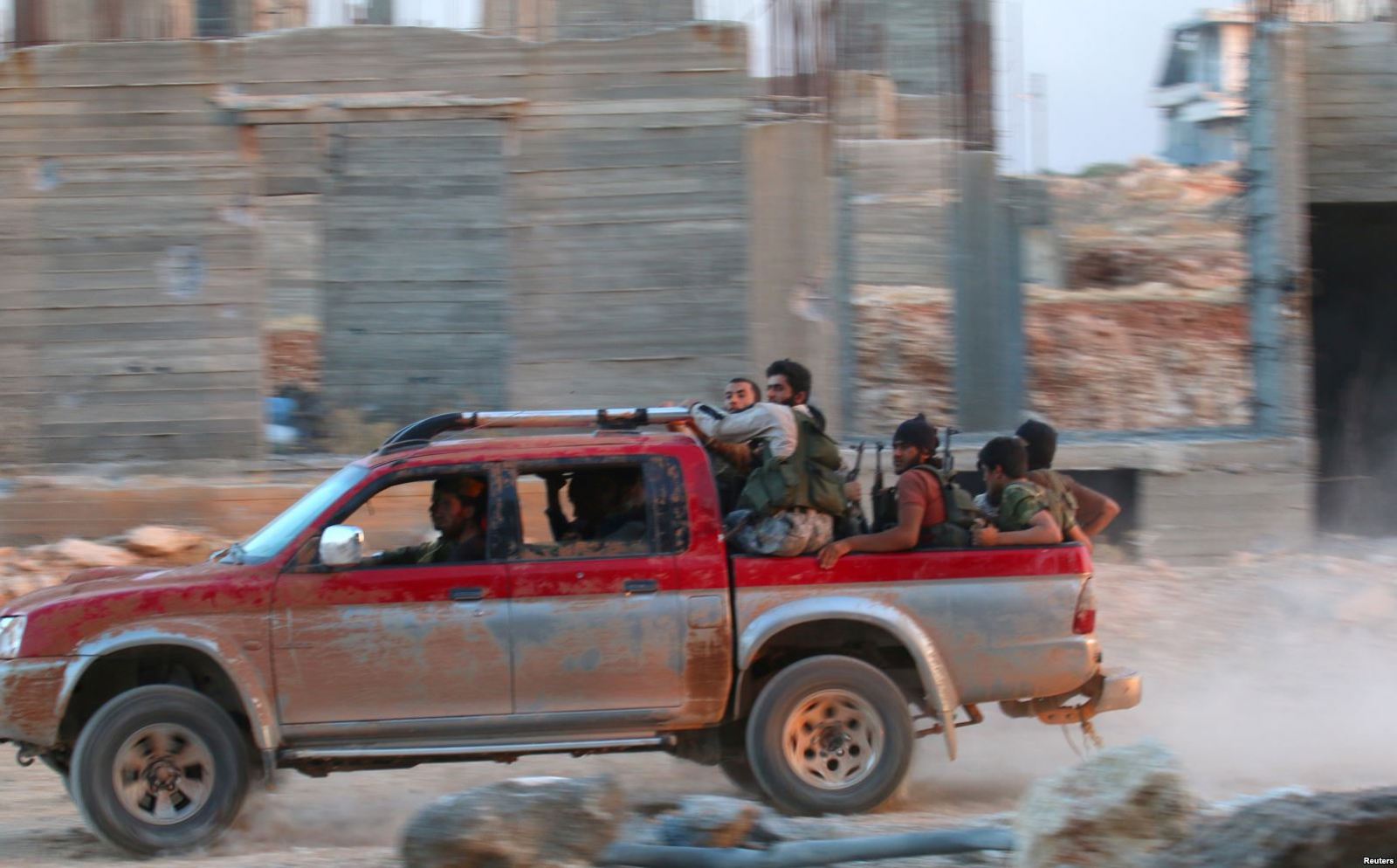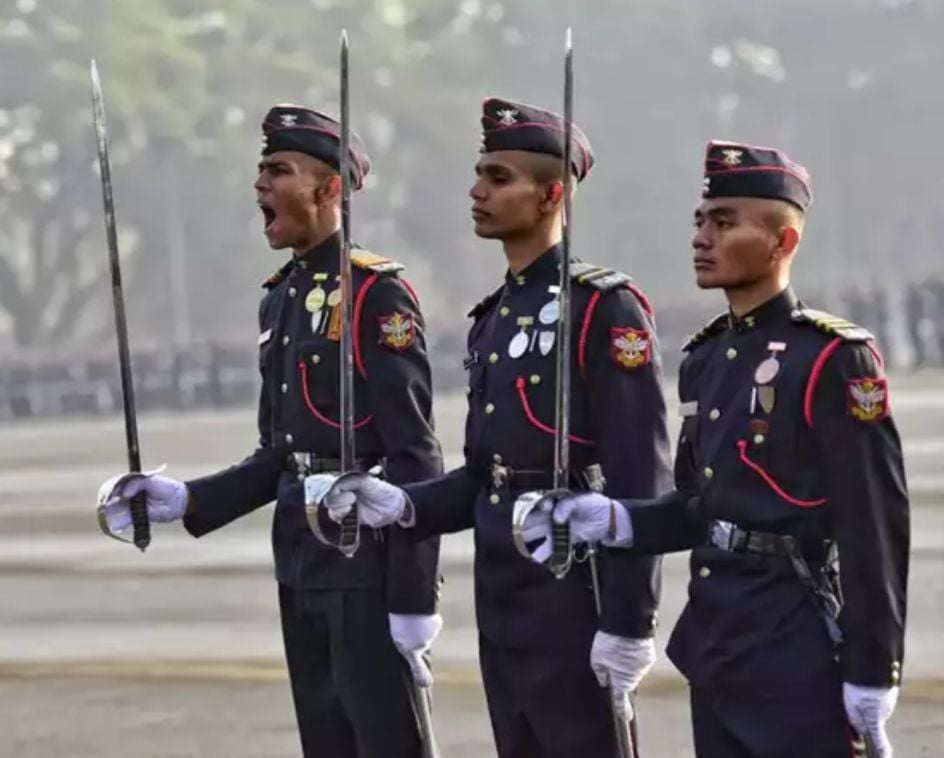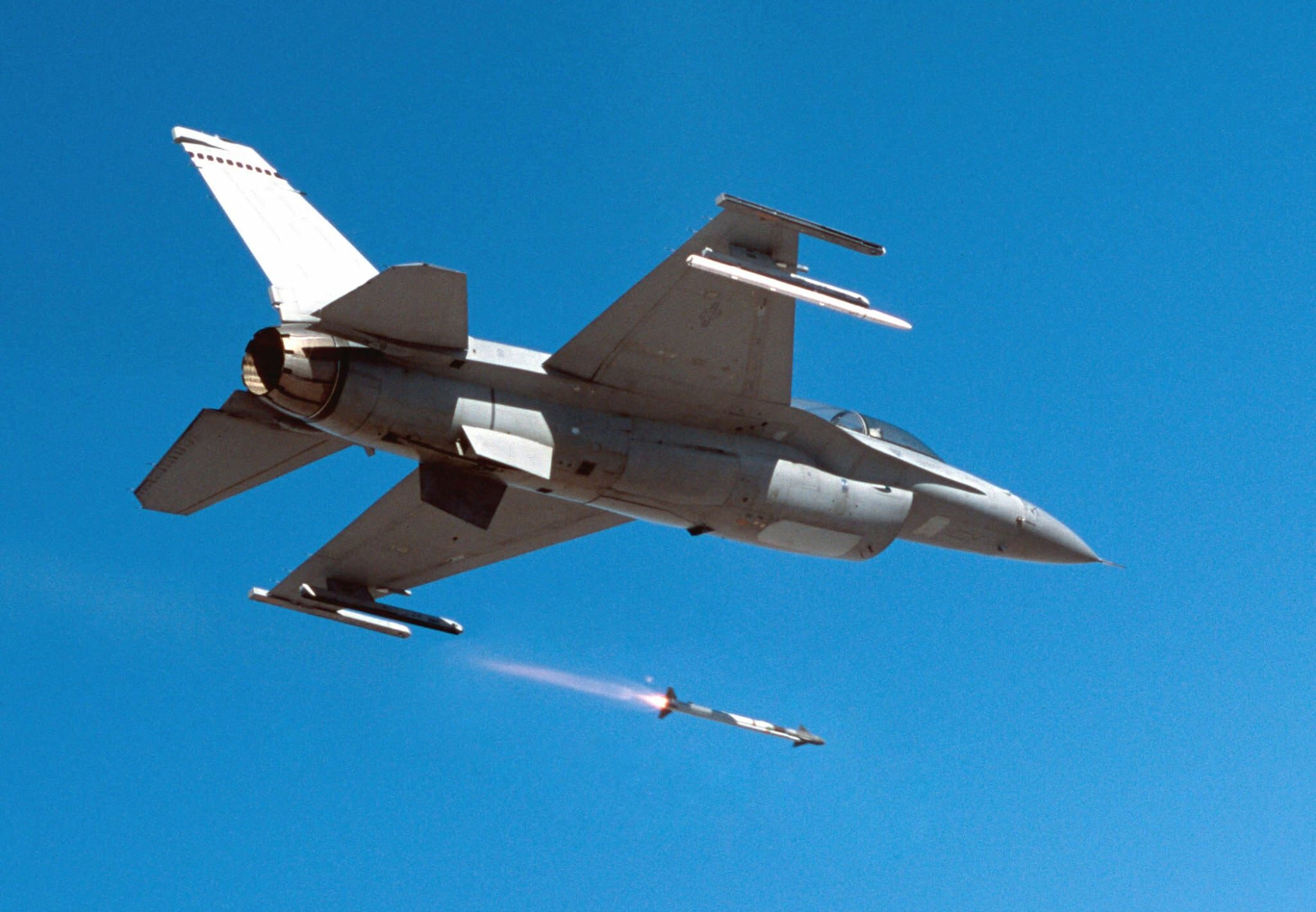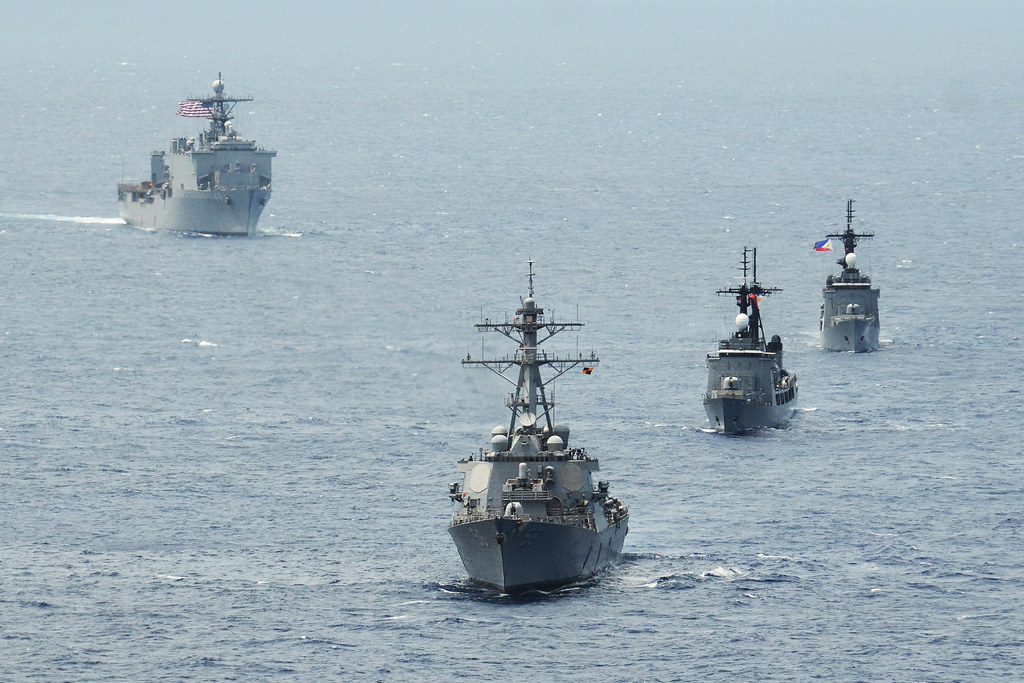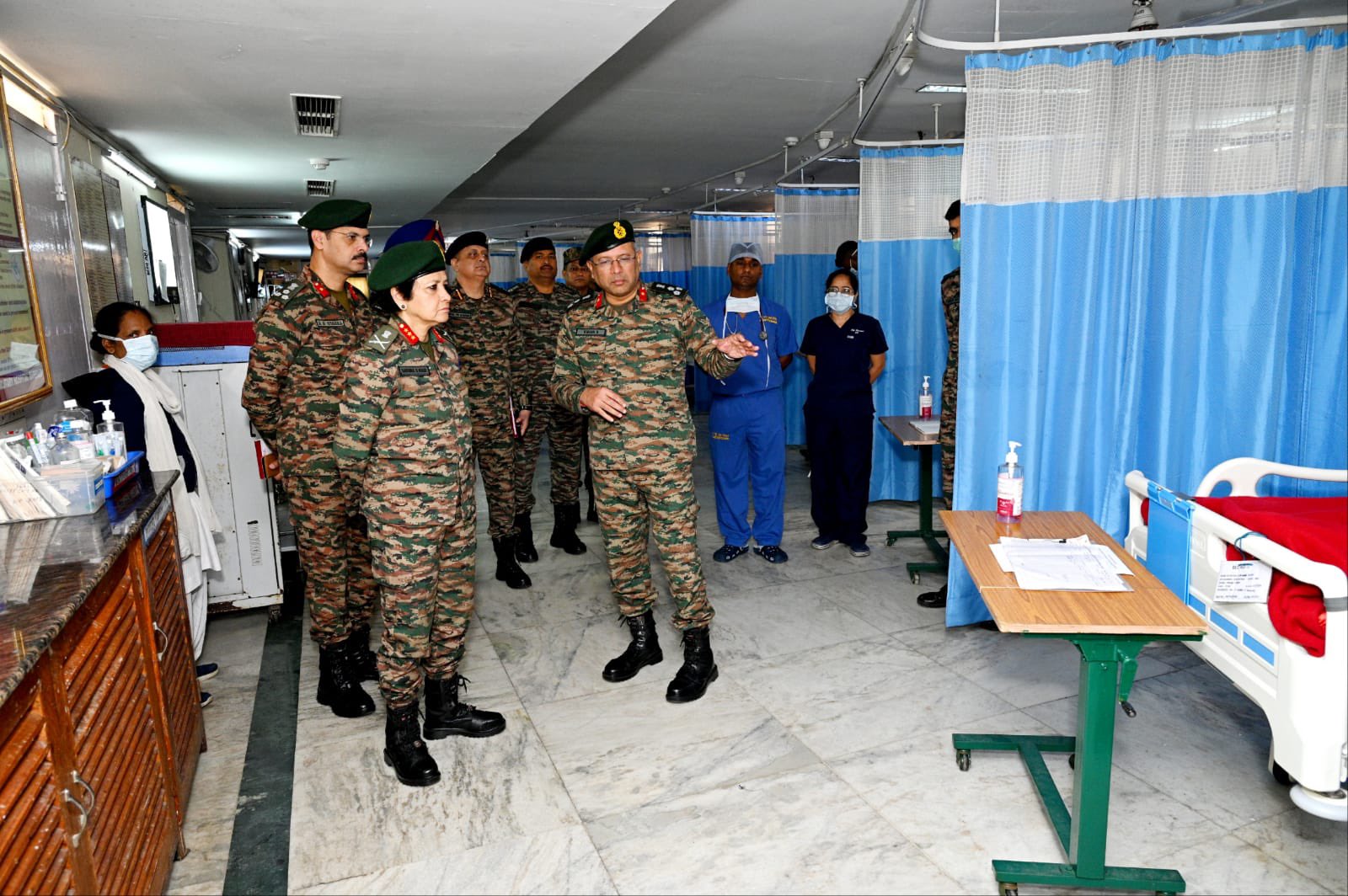Swedish Procurement Agency Contracts KNDS Deutschland for CV9040D Training Simulators
In a significant advancement for military training, the Swedish Procurement Agency has signed a contract with KNDS Deutschland for the…
Kataeb Hezbollah Urges Iraqi Government to Send Troops to Support Syrian Forces Against Rebels
In a significant move amid escalating tensions in the region, Iraq's powerful Iran-aligned Kataeb Hezbollah armed group has called on…
Cadet Ankit Chaudhary: A True Reflection of Dedication, Motivation, and the Ethos of the Indian Army
The Passing Out Parade of the 147th course at the National Defence Academy (NDA) was a moment of immense pride…
Poland Purchases 232 AIM-9X Sidewinder Missiles from the US for $175 Million
Poland has officially entered into a substantial contract with the United States for the procurement of 232 AIM-9X Sidewinder Block…
China Takes Control Measures Against Philippine Ships Near Disputed South China Sea Reef
China has announced it has implemented “control measures” against Philippine ships which it accuses of illegally gathering in waters near…
Lt General Sadhna S Nair Visits Military Hospital Bareilly
On November 29, 2024, Lt Gen Sadhna S Nair, VSM, Director General Medical Services (DGMS) of the Army, visited Military…

